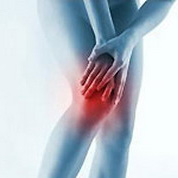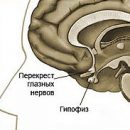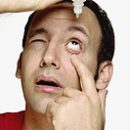Heel spur, causes contributing to the development of the disease. How to prevent the occurrence of heel spurs?
Content
What is the heel spur
The heel spur is a saline, or a spiked protrusion, emanating from the plantar surface of the heating bone, the base of which merges with the heel hill.
With a x-ray study, the heel spurs is detected in a large number of middle and elderly people (4–9 percent) who do not complaint. Consequently, the presence of anatomical spurs in itself does not mean disease. And, on the contrary, in some patients with a pronounced clinical picture, radiological signs may be absent. Only about 10% of the diseases of the musculoskeletal system fall on the heel spurs. It is not always possible to accomplish the cause of the disease. It is mainly found in women 40 years and older.
Causes contributing to the development of heel spurs:
- Longitudinal flatfoot,
- Acute or chronic traumatization of the heel bone,
- Excess body weight.
How the heel spur is manifested, symptoms
The disease is manifested by one main symptom - the pain in the heel. It can arise suddenly, sharply or gradually increase over time. Heel - the first point of man support with axial load. And it is quite clear that from the first moment, how the patient gets up on his feet, he immediately feels a strong pain - «Needle in the heel», «stepped on a nail» - Such comparisons lead sick people. After some time, in the process of walking, the pain decreases somewhat. Especially painful walking in the bilateral process; Sometimes such sufferers move with crutches. Due to the fact that the patient when walking loads the edge of the foot, trying to avoid pain in the heel, the legs are quickly tired. Patients become nervous, easily annoyed, their performance is reduced. The situation is aggravated by the loss of confidence in doctors, appropriate inherent inadequate and therefore ineffective treatment.
 During the examination of the heel, one finger find the point of the greatest pain - as a rule, in the region of the internal process of the heel beggar, T.E. closer to the inner edge of the heel bone. The diagnosis is confirmed by radiology.
During the examination of the heel, one finger find the point of the greatest pain - as a rule, in the region of the internal process of the heel beggar, T.E. closer to the inner edge of the heel bone. The diagnosis is confirmed by radiology.
How to prevent the occurrence of heel spurs:
- Overweight
- Timely and qualified treatment of diseases of the spine and joints
- Wearing a ralk with flatfoot
- Wearing convenient and physiological shoes
- Avoid long-term physical heel stakes
- If there are already minimal signs of heel spur, conduct preventive treatment courses using physiotherapy treatment methods.









